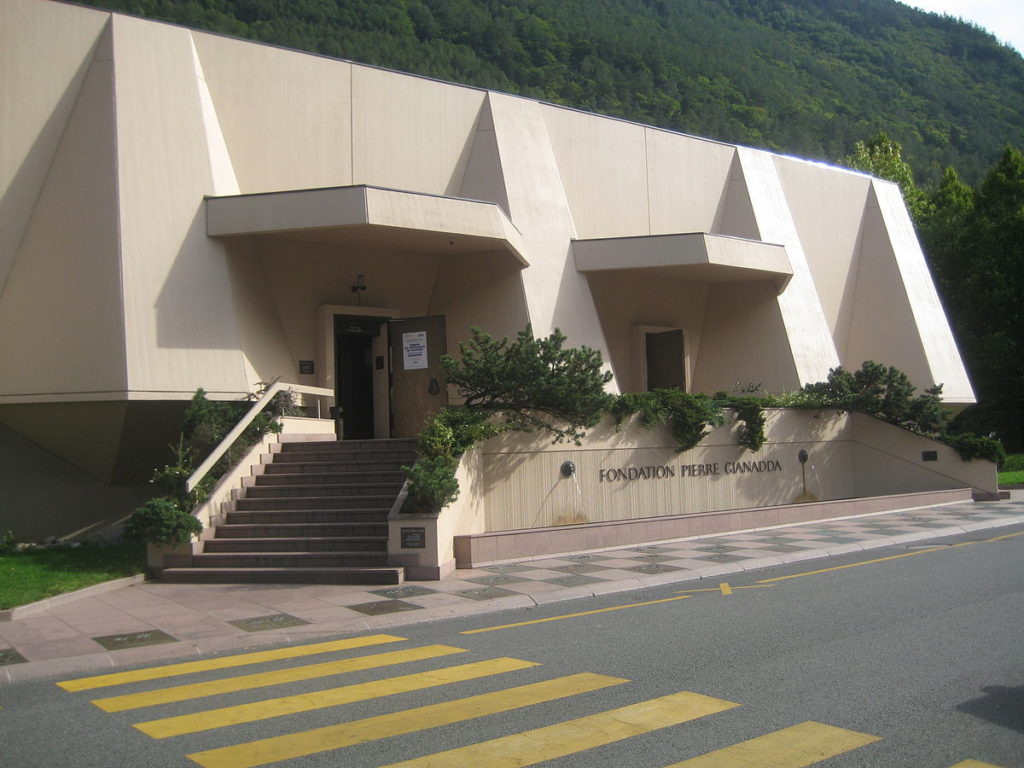A survey of BRA members after this visit gave full marks for the lunch and the exhibition, but a lower grade for the lecture. The consensus was that it went on for too long, and the lecturer spent too much time talking about too many paintings. After an hour we were eager to depart the confines of the lecture room and see the actual paintings: they did not disappoint.
The large collection of Hodlers could not fail to impress. Most of us were familiar with his expressionist mountainscapes, but maybe not with his ” Retreat from Marigano “, depicting the 1515 battlefield defeat, a key point in Swiss mythology, allegedly marking the nation’s inward turn towards neutrality. How we would have liked to have his ” Vue du Leman depuis Chexbres ” on our living room walls. For that matter, none of us would have refused any of his blue luminescent mountain and lake scapes if Mr. Blocher had been in a generous frame of mind.
Albert Anker’s work dominated the gallery. Members particularly liked portraits of an old man in various rustic costumes, ( he seemed to have favoured one sitter who had a very predominant nose ). We were told that his still life paintings of simple country meals, and a delicate tea service depicted contrasting rural and urban table settings in the tradition of Chardin, their realist solidity, reflecting Anker’s vision of a harmonic and stable Swiss order.
Aware of Mr. Blocher’s discerning artistic taste, only the best examples of Calame, Segantini, Vallotton, Giovanni Giacometti, Cuno Amiet, and Bieler, amongst other famous Swiss painters, were displayed. Interestingly, many of the artists were in contact with each other, offered advice, and critiques of each other’s work. Segantini introduced Giacometti to the Divisionist method of painting as famously expressed by that well known French painter, Seurat. ( the characteristic style of in neo-impressionist painting defined by the separation of colours into individual dots or patches which interact optically). Segantini’s paintings reveal his love for the Engadine Alps, and his emphasis on the relationship between Alpine shepherdesses and their animals.
So much to see, and so much to discuss that I have arranged another visit to see the exhibition on April 23 for those who wish to return, or who were unable to join the February visit.
Andrew Konecki

